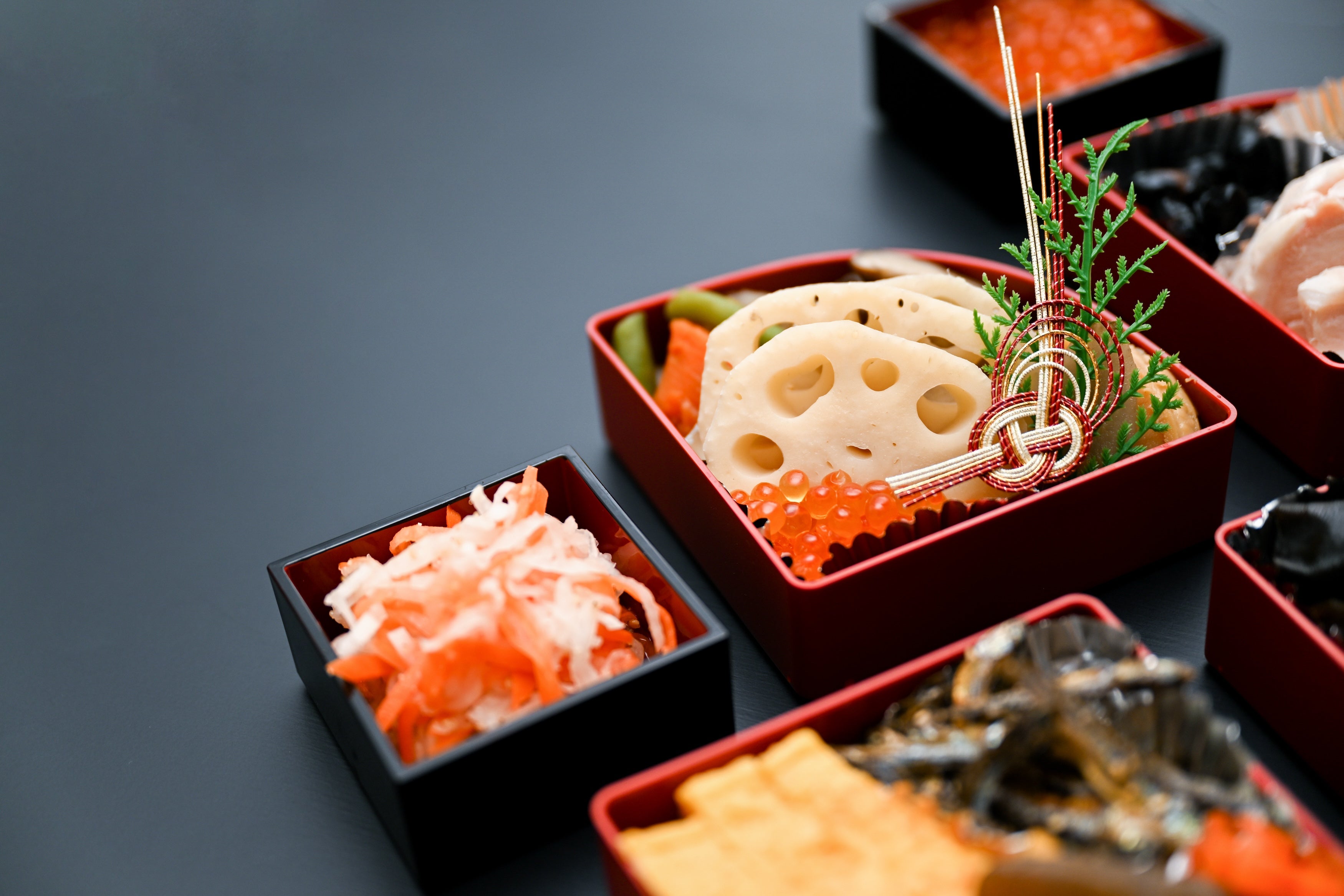

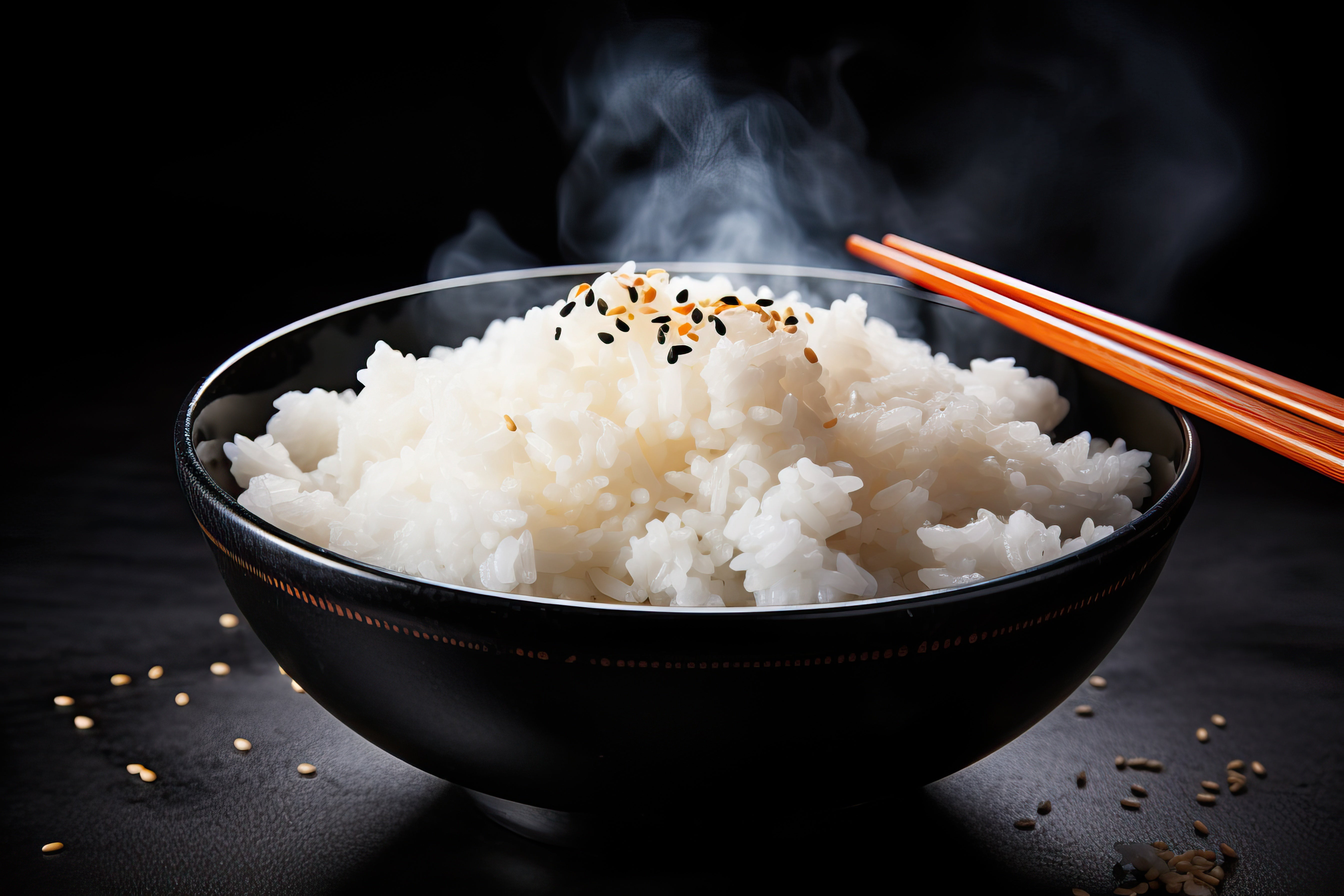

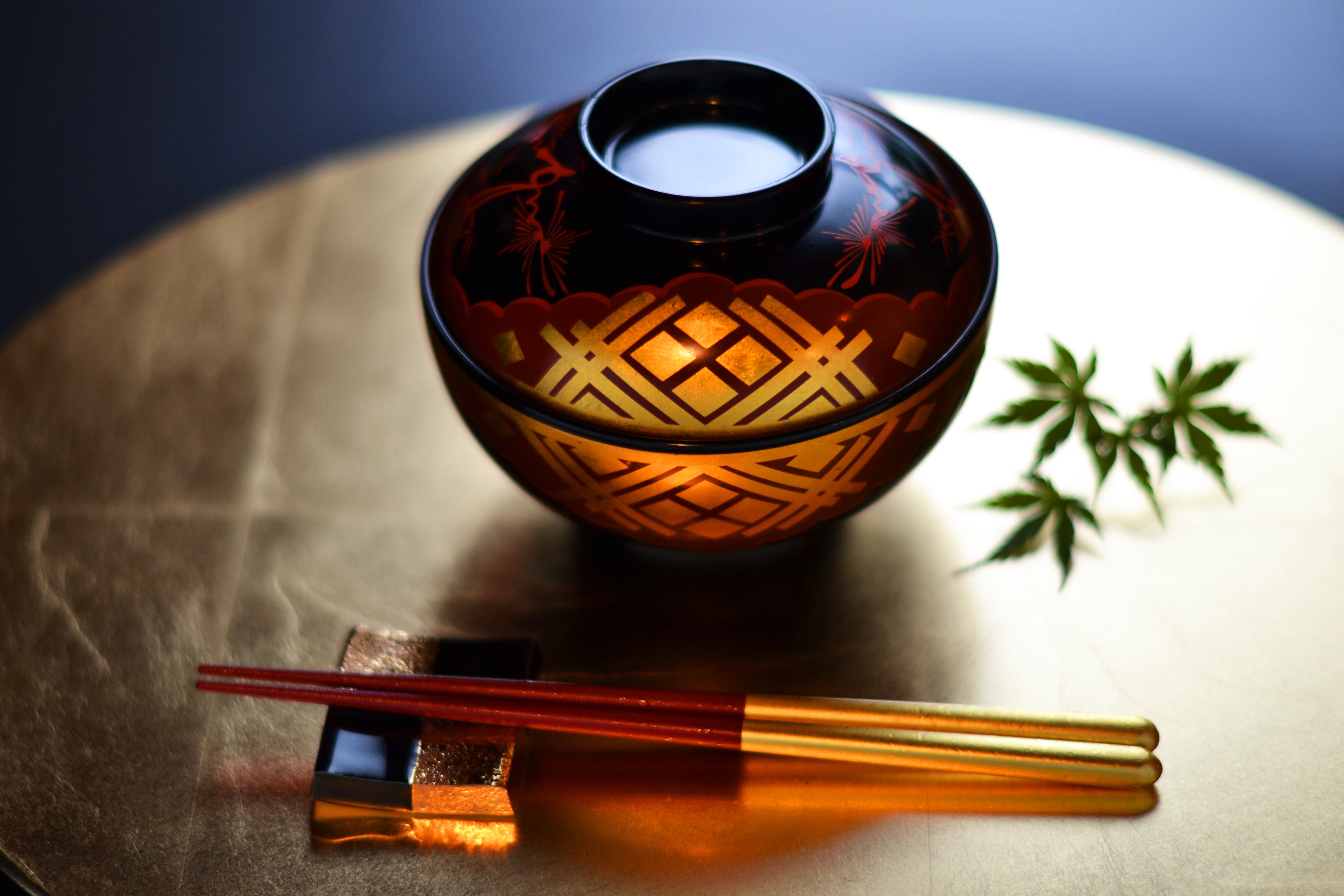





Kiyomizu Pottery: Timeless Beauty in Clay
In Kyoto, after wandering through the iconic geisha district in the heart of the city, we arrive at Gojozaka Street, a neighborhood that has been the center of Kyoto’s ceramic tradition for over 400 years. The street leads uphill to Kiyomizu Temple, which overlooks the city and lends its name to the famed Kiyomizuyaki pottery (清水焼).
Kiyomizu, or Kyoyaki, is not just pottery, it is Kyoto’s artistic soul molded in clay. From refined tea bowls to vibrant tableware, each piece carries centuries of aesthetic evolution, delicate technique, and a timeless elegance.

Milestones in the history of Kiyomizu pottery
The history of Kiyomizu-yaki stretches back to the Kofun period (3rd–6th century), when kilns were already firing earthenware long before Kyoto became the imperial capital. Though the term "Kiyomizu-yaki" wasn’t yet in use, early kiln activity in the area laid the foundation for what would become a celebrated craft.
During the Heian period (8th–12th century), as Kyoto rose to prominence not only as a political center but also as the heart of high culture, more kilns were established to produce pottery for the elite aristocracy, feudal lords, Buddhist temples and Shinto shrines.
While today these elegant ceramics are enjoyed by a wider audience, they continue to hold their prestige - remaining a favorite even among members of the imperial family.
Until the Edo period, Kyoto’s potters mainly imitated Chinese porcelain—beautiful, but not yet their own.
Then came the birth of Kiyomizu-yaki with a potter called Nonomura Ninsei. While still echoing Chinese colors and motifs, with Ninsei’s art, something shifted. Artisans began to shape a distinctly Japanese aesthetic - refined, expressive, and entirely new.
It was a turning point: the craftsmanship of China met the spirit of Japan, and in Kyoto, which was the center of culture at that time, a unique cultural identity began to take form, through clay, color, and creativity.
About a century later another breakthrough marked a turning point, not just in design, but in technique. Okuda Eishu became the first to successfully fire porcelain in Kyoto. From that moment on, Kiyomizu-yaki’s rise in popularity showed no signs of slowing. This pioneering style was passed down through generations, and today, Kiyomizu pottery remains one of the country’s most celebrated crafts, and it’s easy to see why: with its refined beauty and exceptional quality, it continues to be cherished not only in Japan but around the world.
What makes Kiyomizu pottery special?
Utilizing clay imported from across Japan (since Kyoto lacks its own), artisans blend materials to create uniquely varied textures and tones. The production is entirely done by hand: wheel-throwing, sculpting, and hand-painting all ensures each piece remains beautifully unique. Techniques include intricate underglaze (gosu, sometsuke), overglaze (iro-e, kinrande), colored glazes, and artistic carving.
Celebrated for its fusion of "decoration, usability, innovation", Kiyomizu-yaki captures the essence of Yō no bi (“beauty in use”). From tea tools to tableware and art pieces, it bridges daily use and timeless beauty.
Today, Kiyomizu pottery continues to evolve by bridging centuries of tradition with the sensibilities of modern design. Whether used in the quiet rituals of tea, displayed as art, or enjoyed at the table, each piece carries the spirit of Kyoto: refined, thoughtful, and deeply connected to its cultural roots. In a world of mass production, Kiyomizu-yaki reminds us of the quiet beauty found in craftsmanship, care, and the enduring power of handmade art.

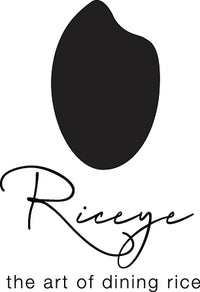
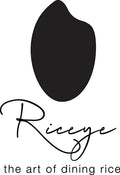
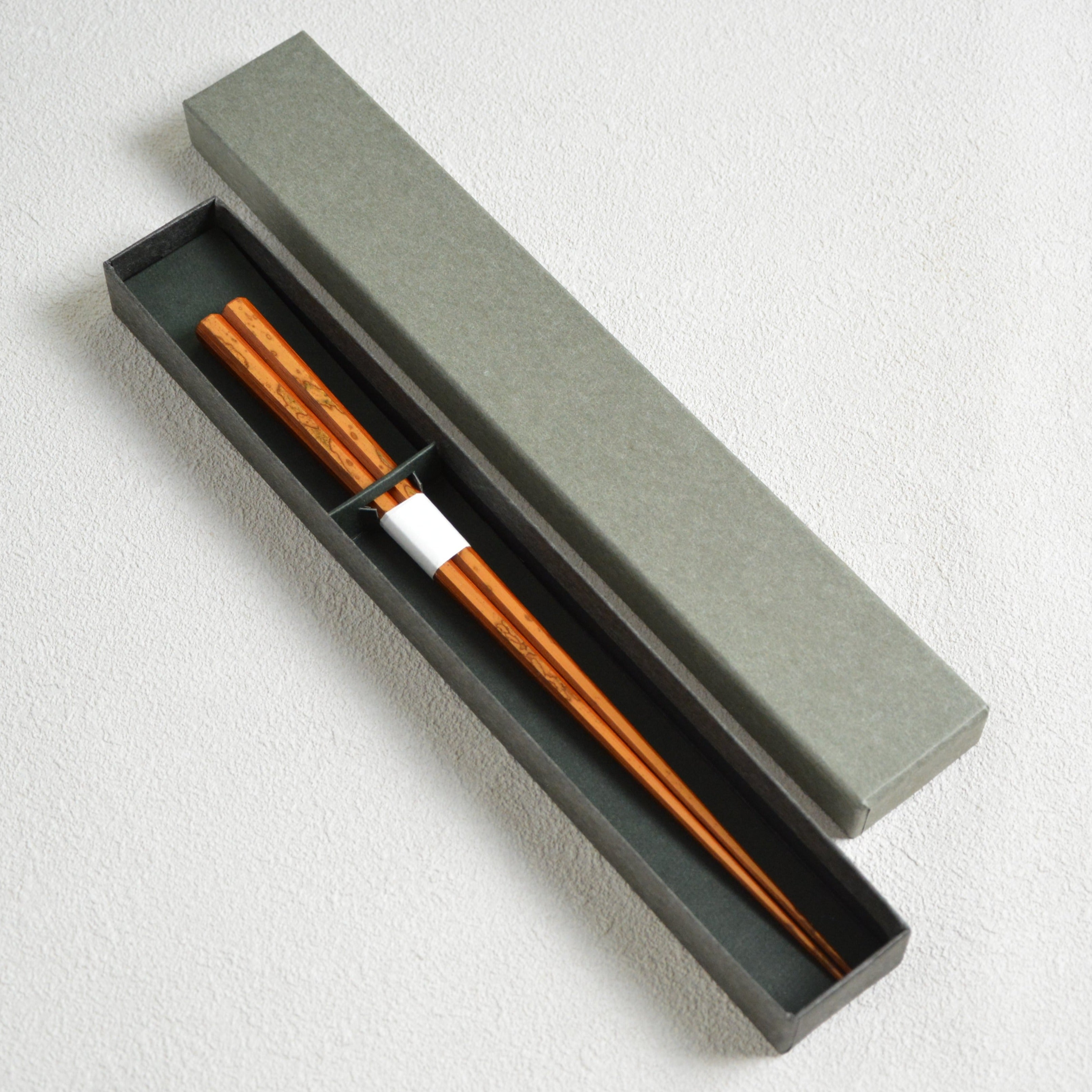

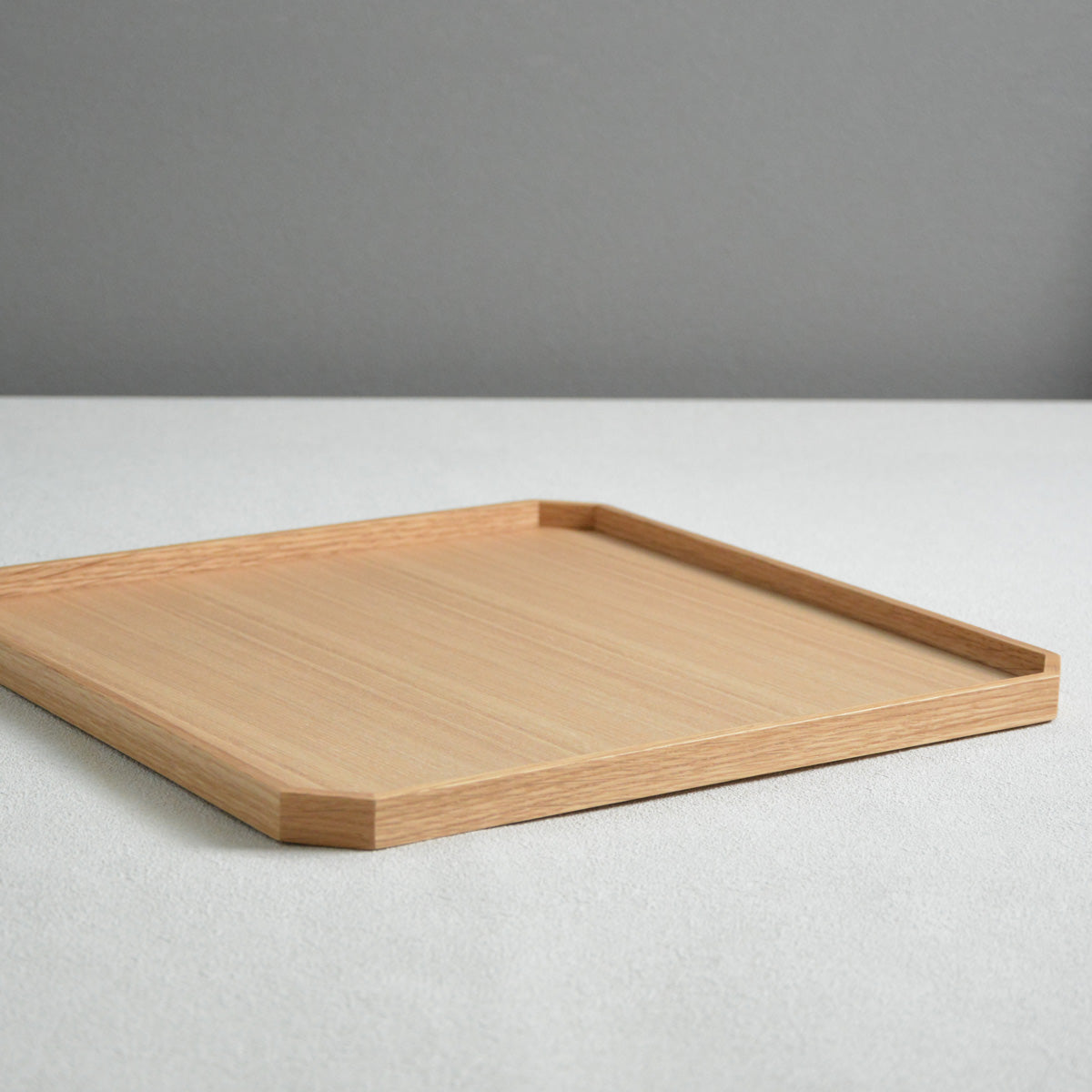
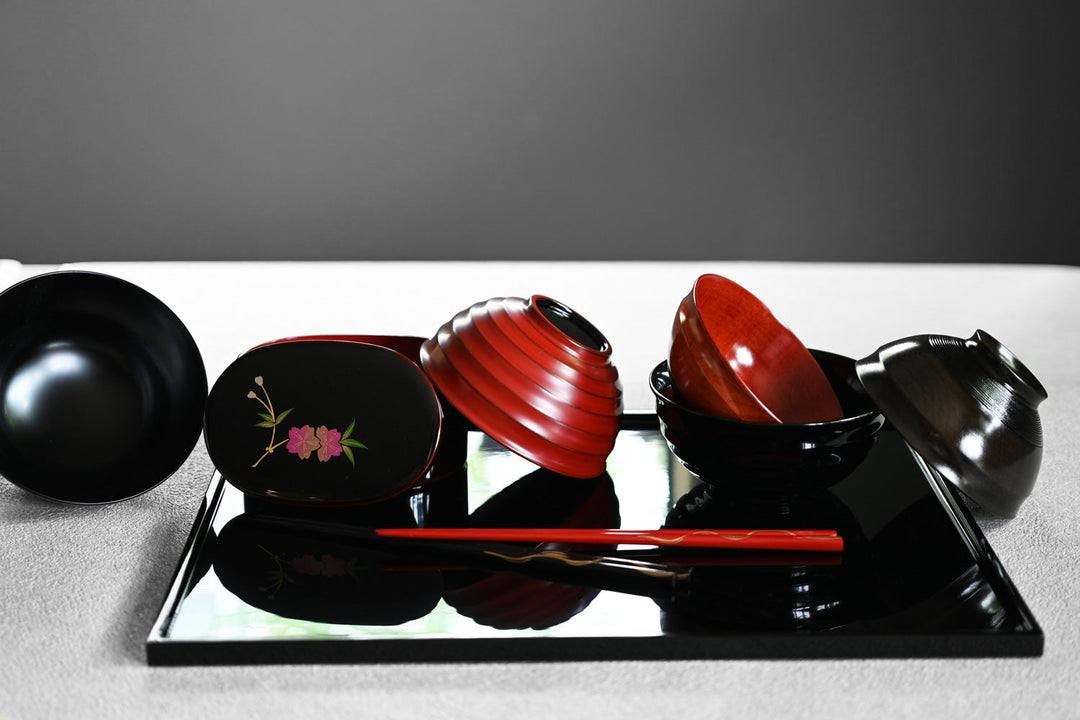

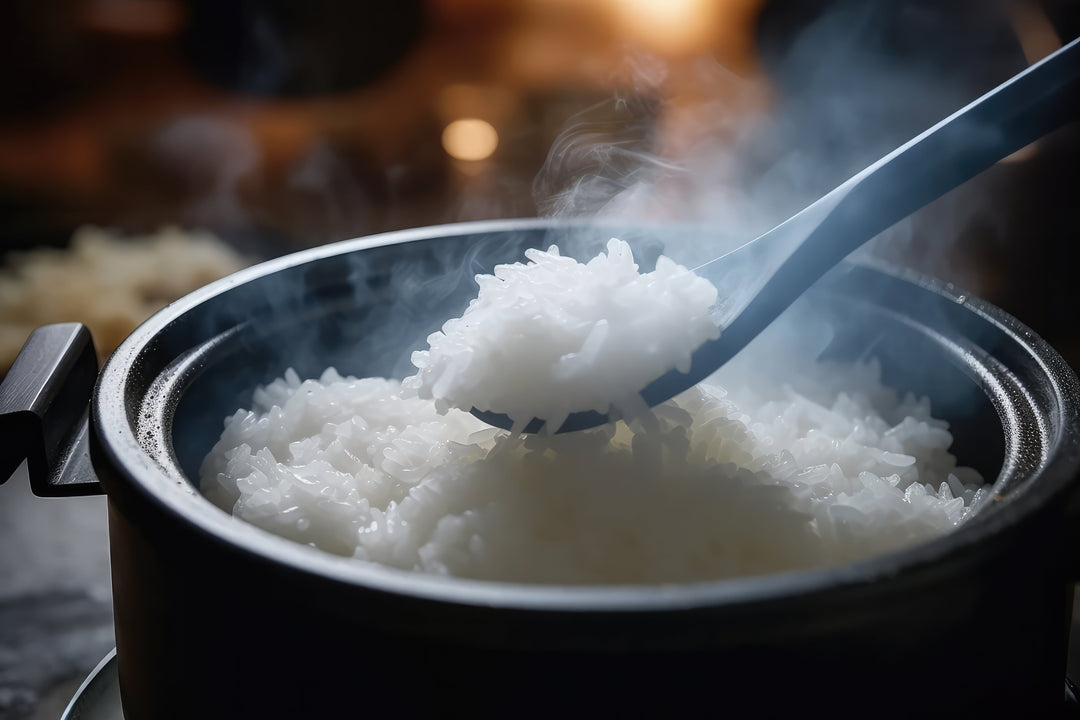
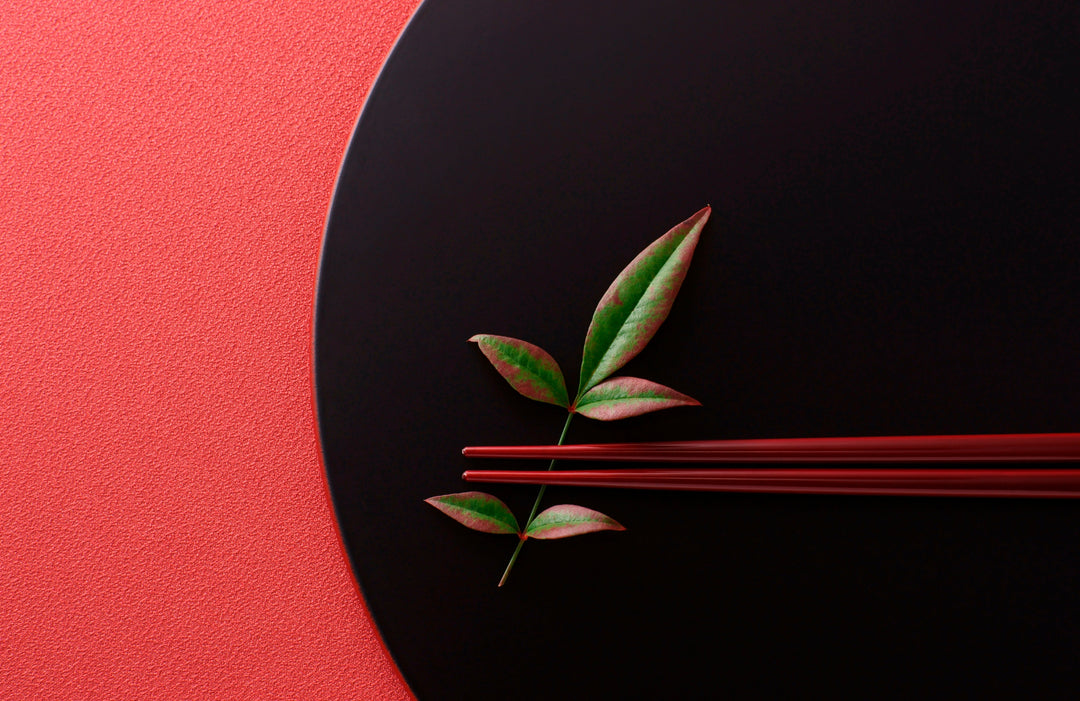
Leave a comment